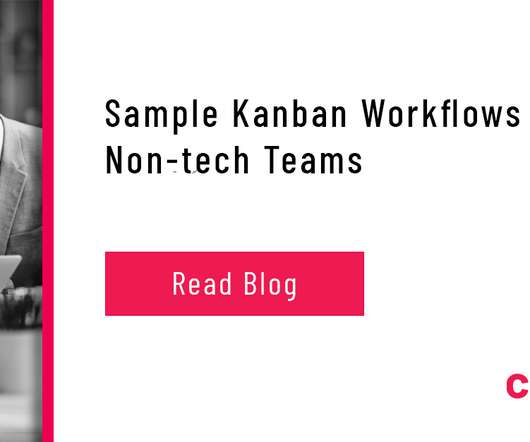Business analysis tips for effective Product ownership
Analysts Corner
DECEMBER 26, 2022
A view from business analysis reference guides It’s not new that a good application of business analysis practices (traditional or agile) helps Product Owners improve their day-to-day work. This article explores practices proposed by the International Institute of Business Analysis (IIBA®) that make Product Owners excel in their work.














Let's personalize your content